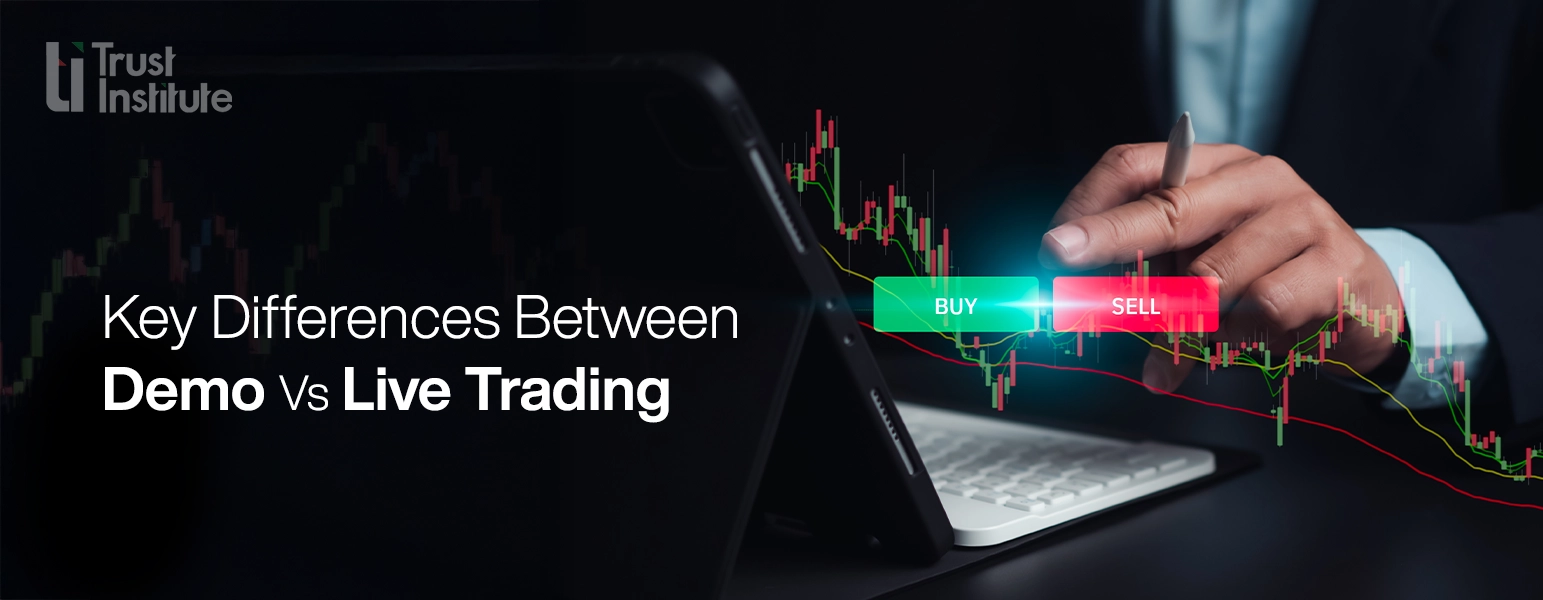THE ROLE OF FUNDAMENTAL ANALYSIS IN FOREX TRADING

Forex trading brings a lucrative market investment option to people from all walks of life. Traders hope to turn a profit from the ups and downs of various currencies in the market. It is equally a fast-paced and unpredictable world of trading where making profits requires a good understanding of various factors that boost the currency exchange rates or pull them down. Among the many time-tested tools and approaches traders depend on, fundamental analysis remains to be the most important one. Fundamental analysis is all about getting deep into the factors that shape financial market such as economic trends, political events, and social trends. Here in this blog post we are going to explore the role of fundamental analysis in forex trading.
What’s Fundamental Analysis All About?

The basic idea here is that a currency’s value ought to match up with how its country’s doing. A place with a booming economy, tame inflation, and steady leadership usually sees its money gain muscle. On the flip side, chaos or economic flops tend to drag a currency down.
The Big Economic Signals to Watch
A solid GDP number usually pumps up a currency because it screams health and promise. Picture the U.S. dropping a strong GDP report; the dollar often gets a lift as folks see it as a safe bet worth grabbing.
There is also inflation which is reflected through government-published reports like the Consumer Price Index, or CPI. While according to many economists and financial experts, a little inflation is a good sign of growth and can push the currency of the country up, continuous inflationary trends can be detrimental to the economy and the currency value in the long run. When prices go out of control it takes away the purchasing power of people and such a situation pushes central banks to step in. That’s when things get shaky, and traders keep an intent eye on CPI updates since they hint at what’s coming with interest rates.
Speaking of rates, central banks like the Federal Reserve or the European Central Bank call the shots here, and their moves hit hard. Crank up interest rates, and foreign cash flows in, juicing demand for that currency and pushing its value higher. When the Bank of England hikes rates, the pound often perks up as money floods into the U.K. Drop rates, though, and it’s a different story; the currency loses its shine as investors hunt for better returns elsewhere.
Central Banks Calling the Shots
Keeping tabs on central banks is a big part of fundamental analysis. Look at the Federal Reserve. When it starts talking about jacking up rates, the U.S. dollar often gets a boost before the change even happens. It’s a vote of confidence that pulls in cash from around the world. Flip that around, and when the European Central Bank goes soft, cutting rates to kickstart things, the euro can take a hit as investors chase bigger payoffs elsewhere.
It’s not just the decisions, either. What the bigwigs say matters too. A offhand remark from the Fed Chair about inflation worries can light a fire under the market. Traders who live and breathe fundamental analysis hang on every word from these press conferences, picking apart the tone to guess what’s next. Staying sharp here keeps them ahead of the curve when currencies start dancing to the central bank’s tune.
Politics and Vibes Shaking Things Up
Beyond the numbers, what’s happening on the world stage can throw forex markets for a loop. Elections, trade spats, or wars stir up uncertainty, and currencies feel the heat. Fundamental analysis helps traders make sense of this mess and guess what might happen.
Think back to Brexit in 2016. The U.K.’s vote to ditch the EU sent the pound crashing as everyone freaked out about what it’d mean for the economy. Traders who saw that train coming, thanks to some savvy political watching, made a killing betting against the pound. Or take the U.S.-China trade tussles; tariffs and tough talk have jerked the dollar and yuan around, proving how tight geopolitics and forex are linked.
Stacking It Up Against Technical Analysis

Technical analysis often can miss the bigger story behind why prices are jumping. Fundamental analysis steps in here, painting the full picture. It explains why the euro’s climbing against the dollar, while technicals tell you the best time to jump in.
Lots of traders mix the two for a one-two punch. Say a fundamental analyst spots an interest rate hike on the horizon, signaling a currency’s about to pop. They might lean on technical signals to nail the timing. It’s like blending the “why” with the “when” for a sharper edge.
Putting It to Work in Forex

Imagine the U.S. Non-Farm Payrolls report’s around the corner. If the buzz suggests a killer jobs number, traders might bet on a dollar spike and load up on USD pairs. When the data drops and proves them right, they’re laughing all the way to the bank. Even if it flops, knowing the fundamentals helps them pivot fast.
Currencies play off each other too. A beefy U.S. dollar can kneecap ones tied to commodities, like Australia’s dollar with its iron ore exports. Fundamental analysis spots these ties, letting traders spread their bets or cover their backs.
Folks trading long-term lean hard on fundamentals. They’re eyeing trends that stretch over months or years, like a country’s budget moves or population shifts. That’s different from the fast-and-furious scalpers glued to technical signals. Both camps tap into fundamentals, just on their own timelines.
The Tricky Bits of Fundamental Analysis
A hot GDP might scream growth, but if inflation’s spiking too, the currency might not budge like you’d think. Timing’s a beast too. Markets don’t always jump when fundamentals shift; sometimes feelings or technicals hog the spotlight short-term. Traders need to sit tight, waiting for the stars to align. Betting too hard on fundamentals without a technical green light can backfire.
What these tools do is lightening the analytical load. These detailed dashboards and reports by pulling a lot of key data together, can clearly detect market sentiment and pulse. These tools help cutting through the chaos and noise of information, and thus brings the right insights to traders so that they can focus on the right currency pairs at the right time.
Wrapping up
Day traders pounce on data drops, swing traders surf weeks-long waves, and big-picture investors build portfolios, all thanks to economic insights. Sure, it’s got its headaches, but the payoff for cracking it beats the grind, giving traders a leg up in a market fueled by info.












































